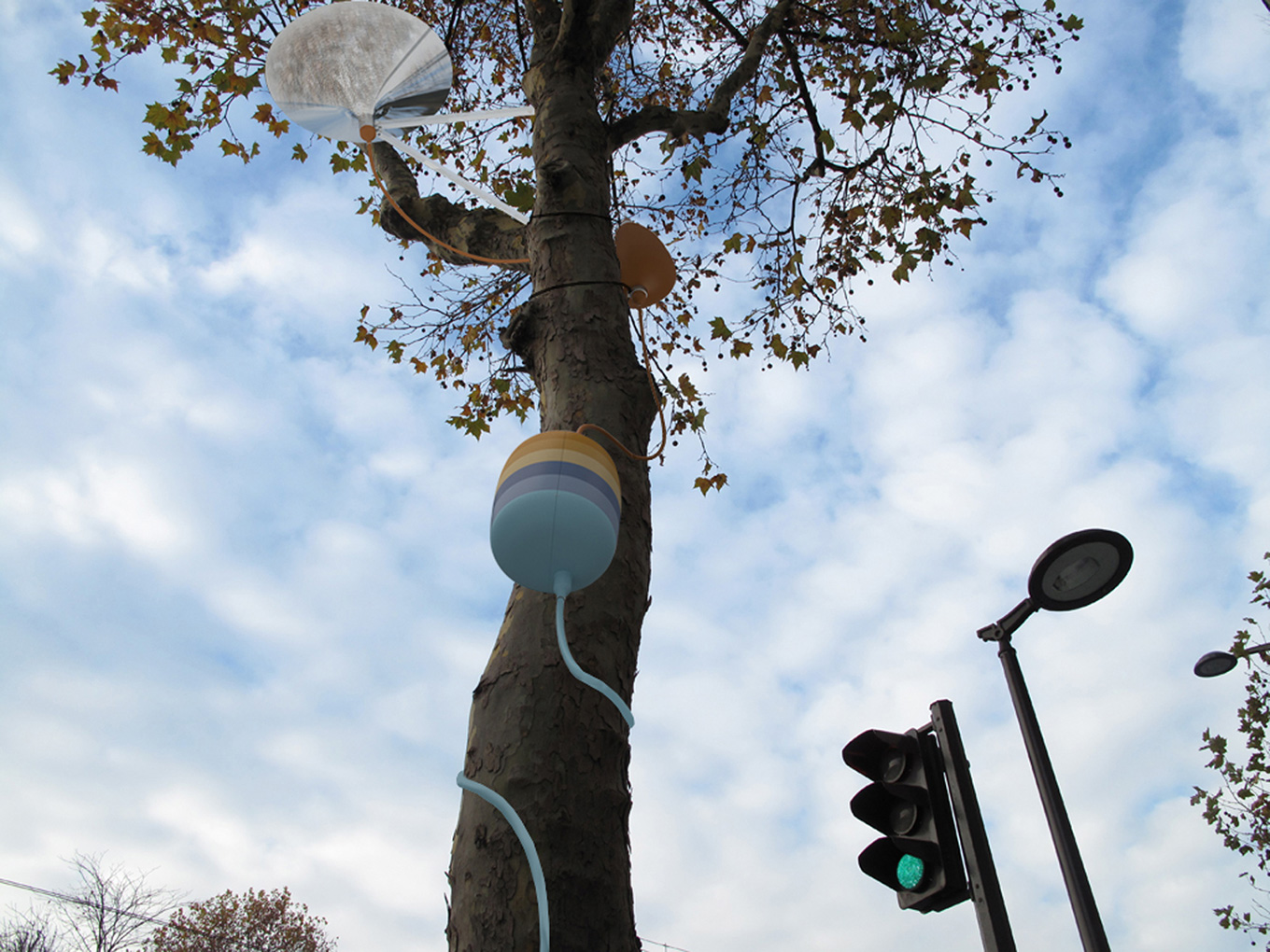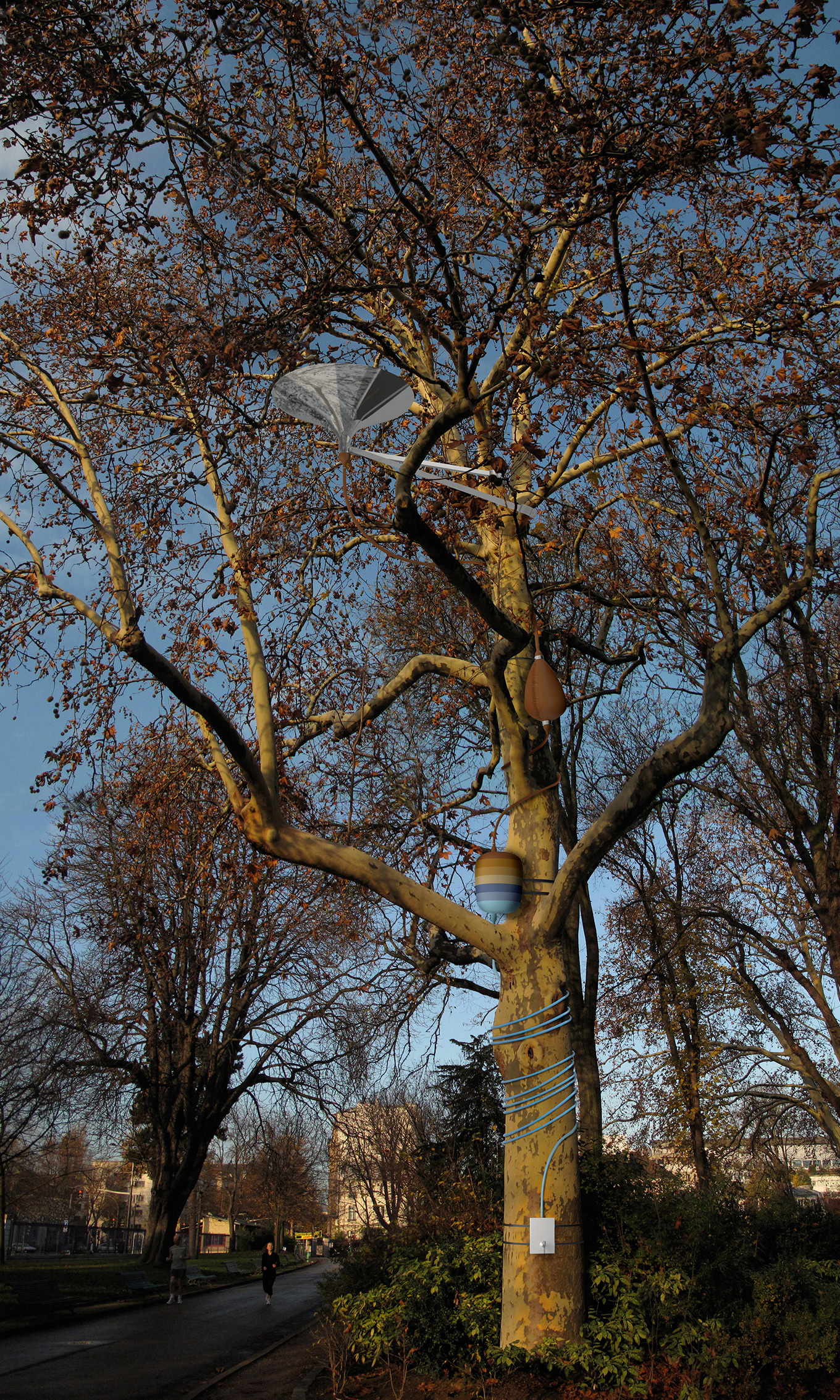
Public fountain powered by rainwater
In the 19th century, the hydraulic network was set up in Paris, under the guidance of Eugène Belgrand. It was decided to opt for a combined sewer system. (A combined network is one that combines rainwater and wastewater in a single pipe). This solution reduced the cost of conveying flows. But as the volume of water to be treated increases, this system now seems inappropriate. Rainwater mixes with wastewater and is treated in wastewater treatment plants, whereas stormwater requires much less filtration.
There are other types of hydraulic networks, such as the separative network, which divides wastewater and rainwater. But today, installing a separate network in most cities with a combined sewer system (in Paris, for example) would be so costly as to be inconceivable. So how can we make the most of rainwater right where it falls?


Disconnected from the water network, the system takes advantage of the qualities of the site (rainfall, existing physical features) to offer drinking water to city dwellers. Installed on a tree or lamppost, this fountain recounts the process of transforming a resource, from its capture, storage and filtration to its use by local users.

December 2009.
Variable dimensions.
Graduation project at Ensci-Les Ateliers under the direction of Bruno Moretti.
Variable dimensions.
Graduation project at Ensci-Les Ateliers under the direction of Bruno Moretti.